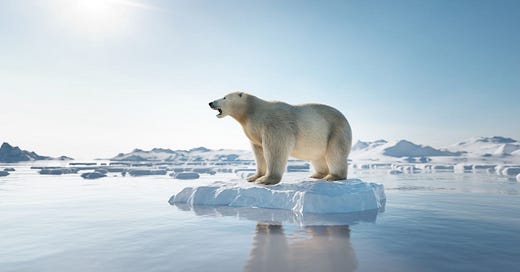The Coming Storm
The era of runaway climate change is upon us, which means things are going to get crazy, fast
We’re cooked. Done. It’s over. The world is now boiling. We’re frogs in a pot.
Ahem. Excuse me. I’m not sure what came over me.
Actually, yes I am. Climate hysteria is spreading, and it’s only going to get worse.
Last week it was announced that the average temperature rise across the globe in 2024 exceeded pre-industrial levels by more than 1.5 degrees cel…
Keep reading with a 7-day free trial
Subscribe to In the Raw to keep reading this post and get 7 days of free access to the full post archives.





